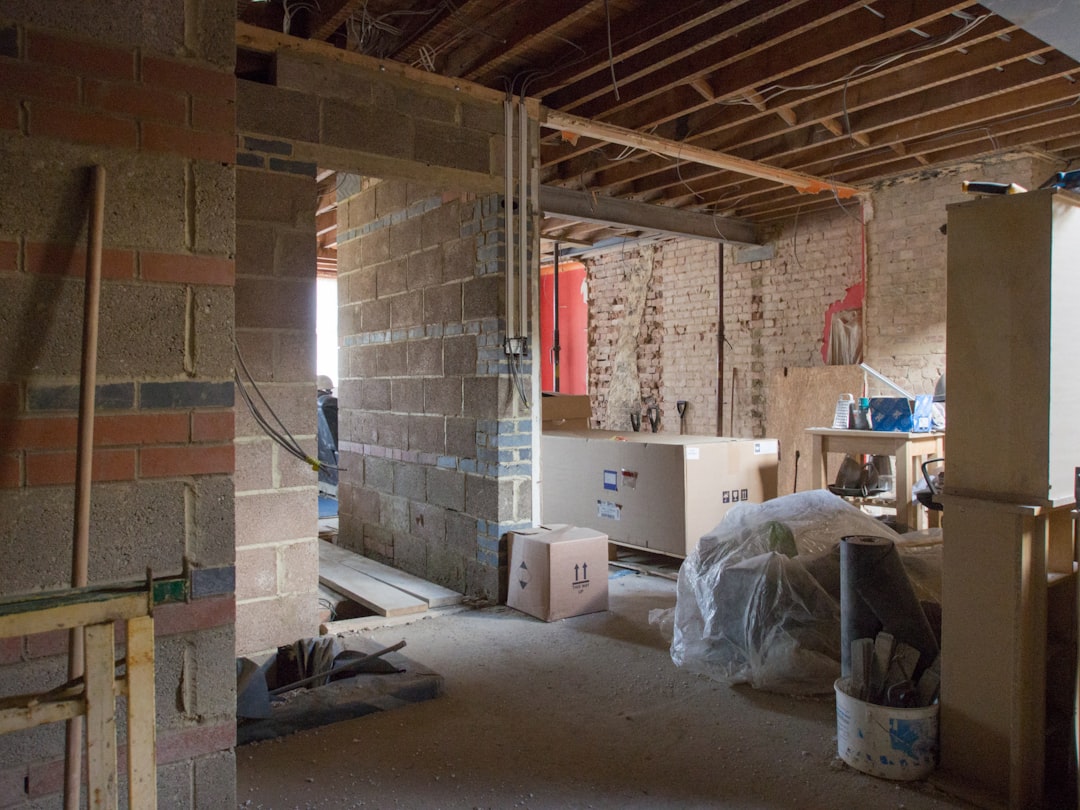
Understanding the cost to frame and drywall a basement is crucial for construction professionals aiming to deliver accurate bids. As of 2025, the cost ranges from $7 to $18 per square foot, depending on location and complexity. In high-cost areas like San Francisco, expect to pay up to $20.50 per square foot. This guide provides a detailed breakdown of these costs and offers strategies to optimize your projects.
Basement projects present unique challenges such as moisture control and irregular structures. Accurate estimates prevent overbidding or underbidding, ensuring profitability and client satisfaction. Leveraging AI-driven tools can streamline this process, providing real-time data and reducing errors.
The national average for framing and drywalling basements is between $7 and $14 per square foot. High-labor markets like San Francisco can reach $18 per square foot, while more affordable regions may be closer to $6. Using real-time data from local suppliers ensures your estimates reflect current market conditions.
These figures are based on data from June 2025 and are subject to change based on market conditions.
Modern estimating tools offer significant advantages, including instant takeoffs, voice-activated change orders, and real-time tracking. These features enhance accuracy and efficiency, allowing contractors to focus on quality and client satisfaction.
Accurate cost estimation for basement framing and drywalling is essential for successful project management. By utilizing advanced tools and strategies, construction professionals can deliver precise bids, improve client trust, and enhance profitability.

A Bay Area contractor reduced their estimating time by 79% using advanced digital tools, cutting the process from 11 hours to just 2.3 hours. This efficiency led to a 17% increase in win rates, demonstrating the value of integrating technology into traditional workflows.
For construction professionals looking to enhance their estimating processes, consider adopting advanced digital tools. These solutions offer real-time updates, material optimization, and efficient invoice generation, transforming cost estimation into a precise science.